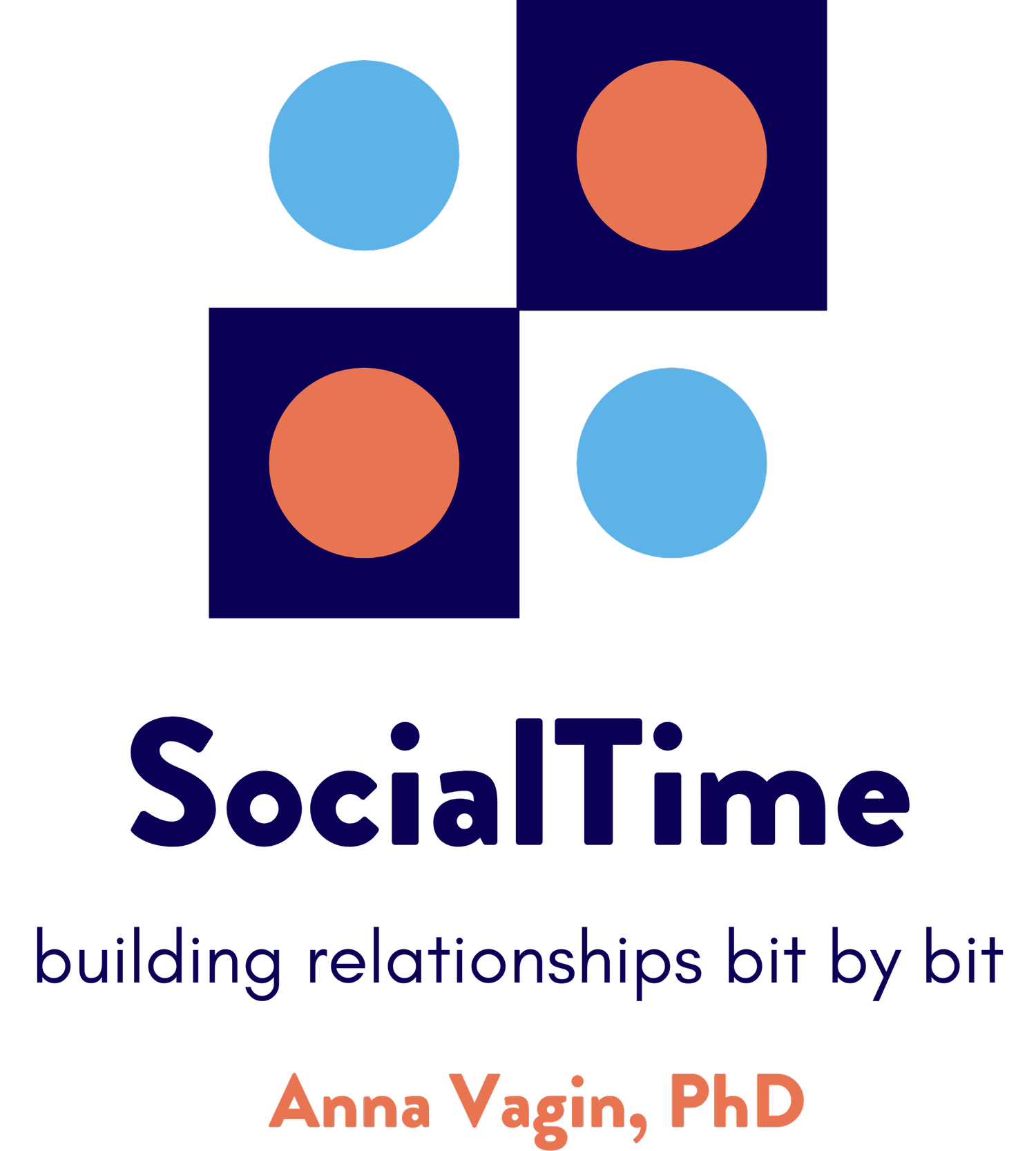Combining ideas … taking new steps
Here's my hubby Bruce combining great ingredients in Brittany. This week, I have been combining interesting social learning materials!
I’ve spent quite a bit of time the past few weeks thinking about SocialScales! I’ve had the launch AND presented about SocialScales at CSHA, BOTH last week. Phew! 😅
As I worked on my presentation, I considered – what will my audience want to hear about regarding SocialScales, and using continuums in general as a support for social learning? While I often write and speak about using rubric-based goals when working on social cognition, I haven’t included my work on combining SocialScales with goals. So, here are my ideas – feel free to dash me a quick email with your thoughts!! 💭
I’ve broken my ideas down into clear (hopefully!) steps:
Step 1: What’s the concept?
It’s helpful to start here, especially when our work can get quite complicated, and it often feels like we are peeling the proverbial layers of social understanding. If we are working on flexibility, what feelings are involved? Or is perspective taking something we need to work on? If I am working with SocialScales, is learning how to collaboratively create them part of the work for the student?
Remember, while we often write school-year based goals, we can also write shorter goals – they may have just as much value! So, here’s an example:
Helping my student understand and work with their flexibility/inflexibility
Step 2: What’s the SocialScale?
Having your SocialScale made is important, since you will be using the information as the basis for the rubric of the goal. Remember, having students work with us in writing the text for the scale is super important. It's also important to ACCEPT where our students are at any given moment. Remember, we CAN'T make anyone change. We can only support them in seeing their options. Here is the SocialScale I am had developed with this student for Flexibility:
Step 3: What’s the goal?
I have enjoyed experimenting with these goals. 🎯 I realized that most of the rubrics I make are numbered, often 1-5, and that there is implicit judgement in that. Often, when we see 1-5, we “assume” that 5 is the “best” – what we want/need/should attain. But, with SocialScales, that is NOT the case. Each point description is meant to be just that – a description rather than a judgement. If someone is at the far-left point on the scale, that is where they ARE. Often, the mid-point on the continuum is just fine – in fact, it may be a GREAT place. The far-right circle may be unreasonable, unattainable, or just plain not the right one!
Since most of the students for whom I write these goals are working on self-advocacy and collaboration with me, I wanted to emphasize joint scoring. As soon as possible, students need to be part of the process of exploring their change and growth. Their ability to think about possibilities. To make decisions for themselves. You will see that reflected in this example goal.
I also wanted to hold out the possibility of greater growth. Similar to GAS rubrics I wanted to believe that our students can amaze us. So much of the time, we write goals that say 80%. Why are we limiting possibilities? Why don’t we ever say 80% OR HIGHER? 📈 You’ll see that reflected in this goal, too. Finally, transpose (I cut and paste) the information from the SocialScale into your goal to be the measurement guide. That’s it!
Curious to learn more about SocialScales? Lots of info on my website. Questions? Send me an email reply!
Let me know what you think, and I hope your Spring is starting to spring up!




